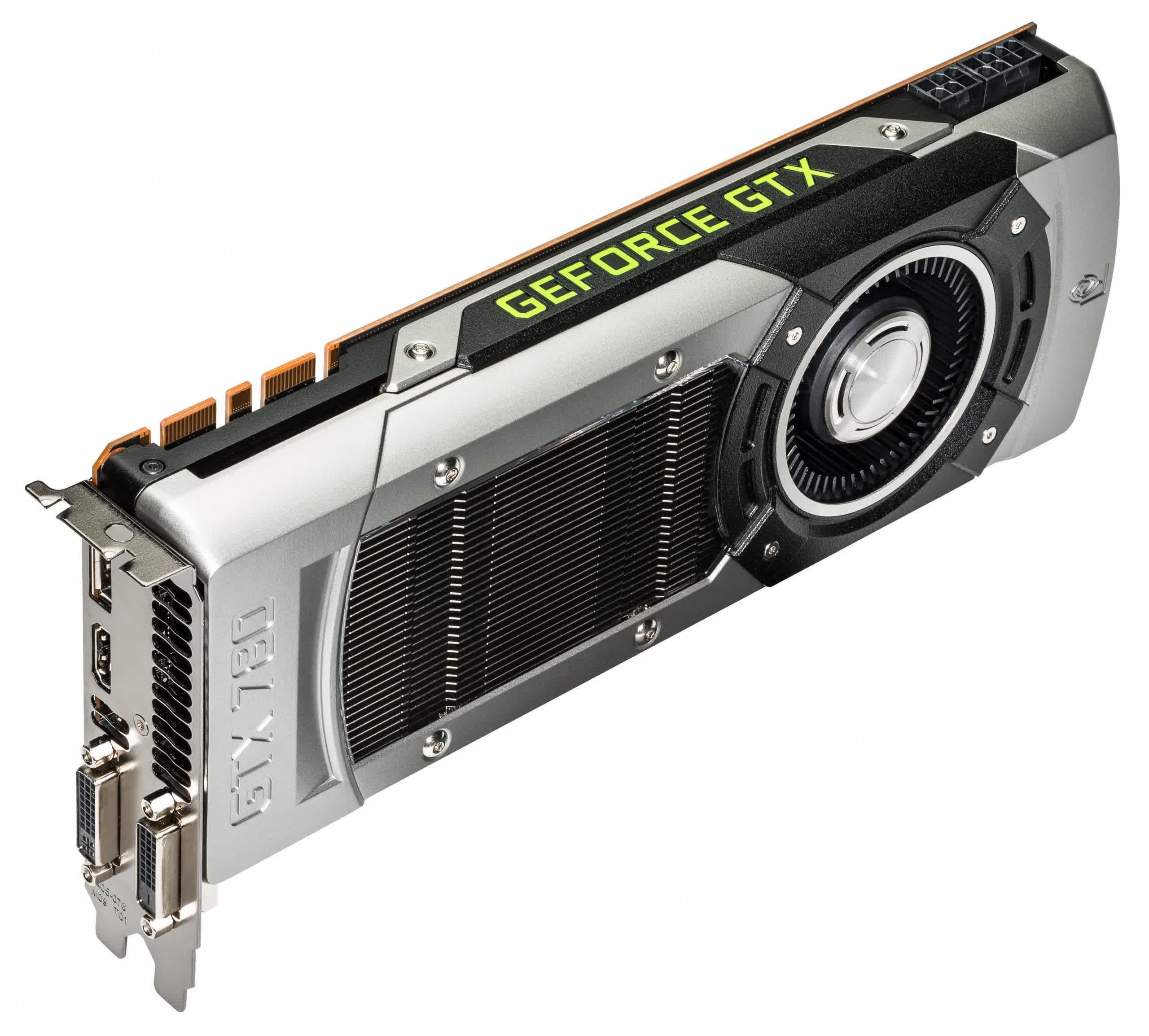TL;DR: Nvidia has confirmed in their data center documentation that the Kepler architecture will be supported by only one more generation of drivers, which means that in a few months, GeForce GTX 600-series, some GTX 700-series and GeForce 800M GPUs will be limited to the games of the past.
Soon Nvidia will roll out the R470 generation of drivers, and those will stick around for about a quarter before being replaced by a subsequent generation. But Kepler GPUs won't be supported from that point forward, which means that they will have to rely on previous generation drivers for full support and any games or applications released after the upcoming driver update won't be optimized for Kepler GPUs.
Kepler GPUs won't be hard rubbish, though. Nvidia will provide LTSB (long-term support branch) R470 drivers with support for kernel revisions, OS updates, and bug fixes for an additional three or so years. So you can keep playing Fallout 4 and Skyrim, as long as you've cleaned the dust off your card since those games released.
Although Kepler has turned nine, it feels a bit too soon to give up on it. You can still spend $200 on a GTX 780 Ti on eBay, or two or three times that much on the mighty GTX Titan Z. And according to the Steam survey, the GTX 760, the most popular Kepler card, is used in almost as many systems as the RTX 3090.
If the GPU shortage is over before the last R470 driver rolls around, then we'll say a bittersweet farewell to a brilliant architecture that almost all of us brought into. But at the moment, a five-year-old GTX 1050 Ti costs more than twice its original MSRP, so a GTX 780 Ti owner would have to pay a couple hundred to get access to new drivers without any improvement to performance, which stings a little.
